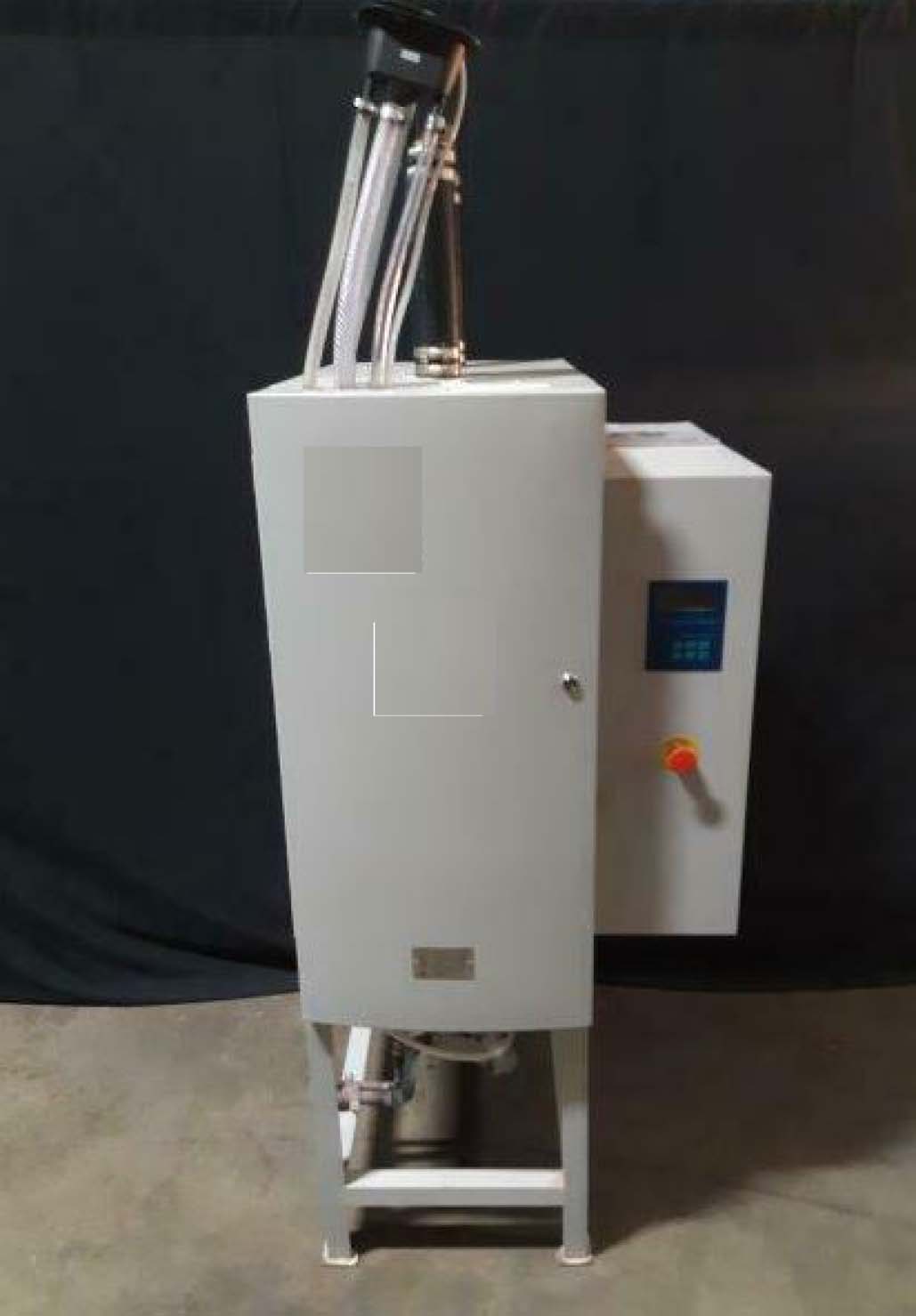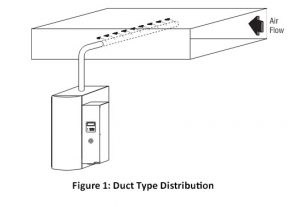Humidification Control without a Steam Plant

Humidity plays as much a part in our comfort as air in temperature. In the winter time, and for buildings not properly insulated, we start to see condensation if the humidity is not controlled properly. This not only a comfort problem, but also a potential health problem since mold likes to grow when the relative humidity is above 50%. Also, improper humidification can be costly and can create an uncomfortable working atmosphere. Steam humidification is commonly used in most industrial environments.
A lot of government buildings may have a steam plant generator in place. When that is not the case, and for renovation projects, it is important to figure out a most effective and budget friendly way to provide humification in winter time, when required to meet ASHRAE 55 thermal comfort or other criteria. That can be done by stand-alone self-contained steam generating units with patent ionic bed technology.

The domestic cold water runs through a water treatment (Reverse Osmosis Process) to remove calcite, carbon and sediments. The purified cold water goes to the humidifier with ionic bed technology. This technology consists of a fibrous medium that attracts solids from the water as its temperature rises, minimizing the buildup solids in the inner tank. When the power is supplied, the water enters the tank and heating elements are energized. The humidifier then produces a steam output in response to a humidistat input signal. The steam output is continuously adjusted to satisfy humidity requirements. The steam output is then discharged into the duct through a dispersion tube.
Most humidifiers drain the water from the inner tank every 20 to 45 minutes to eliminate sodium and prevent carbonate buildup. Once the system is drained, the tank is refilled with purified water.
In conclusion, this type of humidification is one of the most efficient and cost-effective process when boiler steam is not available or chemical free steam is desired.

Comments